There’s something truly amazing about standing on the Great Wall of China that photos and videos just can’t capture. When I planned my Great Wall hiking trip, I knew it’d be special, but seeing the Wall in person was a whole different experience—frankly, I was 惊艳 (awed) by how impressive it really is. The length and complexity, stretching over rugged mountains, far exceeded what I had imagined from looking online.
My half-day hiking tour around this iconic landmark lasted about 3 to 4 hours, combining a careful balance of trekking and a cable car ride to navigate sections that are quite steep. If you’re considering a similar trip, this great wall hiking travel guide will walk you through everything I learned—from practical tips on transport to recommendations on what shoes to wear.

Before diving deeper, for understanding the vast history and construction of the Great Wall, I found this Great Wall of China overview from Wikipedia very helpful and trustworthy.
One of the best pieces of advice I discovered from locals and experienced travelers involved using public transport. Taking bus 877 to the B2 transfer station is super convenient. The round-trip journey, including waiting times, took about four hours total—roughly a half-hour to board the bus itself and another 1.5 hours to arrive at the Wall entrance around 10 am.
If you’re accompanied by elderly family members or children, be aware that you might need to exchange tickets or pay extra for some transportation or gate entries. Packing some food, drinks, paper towels, and a garbage bag for your trash made my hike more comfortable and helped keep the area clean. Wearing running shoes was an absolute must; the climb can be strenuous in parts.

One important note: The hike itself can be quite tough, especially on some of the older, unrestored wall sections. For this reason, many people choose to take the Great Wall cable car or opt to hike via the North 11 entrance, which is less steep and gives you direct access to scenic spots with cheaper food options nearby.
Check out our complete Beijing tours guide for more local travel insights.
Once at the Wall, the real adventure began. We chose to hike for about three hours—going up and down parts of the wall, soaking up the views and the vivid history beneath our feet. What struck me most was how different the experience felt compared to seeing the Wall online or in books. The sheer length and the way it winds through rugged landscapes felt alive. It was not just a walk but a step back in time.
During the hike, I noticed the fine efforts of staff maintaining order and ensuring everyone’s safety and enjoyment. Even on busy holidays, like the Fourth of July, the crowds were fluid, so the walk didn’t feel overcrowded or rushed, which made the experience more pleasant. I was glad to have followed the advice to prepare for trash disposal and carry my own snacks and water.

If you want to maximize your time and energy during your Great Wall tour, a strategy I learned was to use the cable car one way and hike the other, which really helped conserve strength while still allowing me to enjoy genuine trekking.
Explore our detailed Great Wall hiking itinerary here.
For travelers who prefer a less strenuous climb or for families with kids and seniors, the Great Wall cable car offers an easier alternative to reach the upper sections. Near the Hanpo gate area are several cable car options that immediately transport you towards some of the best viewpoints. It’s worth noting that those who buy cable car tickets often don’t trek much past the upper station, while others prefer the hike either because they enjoy moving or to save the ticket cost.
Another practical tip is that food and souvenirs near the cable car stations tend to be cheaper than on the main hiking routes. The cable car queues can get busy, so I recommend arriving early or avoiding peak holiday times when the lines are longest.

Reading through this China Highlights article provided me with a fascinating historical context that enhanced my appreciation of the Wall’s engineering and cultural significance.
While the Great Wall area can get crowded during holidays, what I found surprising was how the crowd flow was quite dynamic. People kept moving along the path rather than lingering in large groups, which made the experience feel less hectic than expected. Still, booking reservations for local specialties like Peking roast duck in advance is a good idea since spots in nearby restaurants fill up quickly.
One small but vital tip is to bring a garbage bag to pack out your trash to support the efforts to keep the wall clean. Staff members do a tough job managing the large number of visitors, and their dedication was clear in the well-maintained environment and orderly crowd management.

For those interested in more detailed tips on navigating crowds and food around Beijing’s attractions, see our related Beijing food and travel tips for practical advice.
If you are planning your own Beijing Great Wall tour, I hope my experience gives you a clearer picture of what to expect and how best to prepare. The difference between seeing the Wall online and standing on it is remarkable—and it’s worth the effort to explore at least a half-day hike, combined with smart use of the cable car for certain sections.
Remember to plan your route and timing in advance, especially if you want to avoid long waits or secure a restaurant reservation. Wearing comfortable shoes, bringing essentials like water and trash bags, and understanding transportation options will make your trip smoother and more enjoyable.

For a more comprehensive overview of travel routes and tips around the Great Wall, feel free to explore our full Great Wall travel guide. Also, official resources like the History.com article on the Great Wall can offer enriching background as you plan.
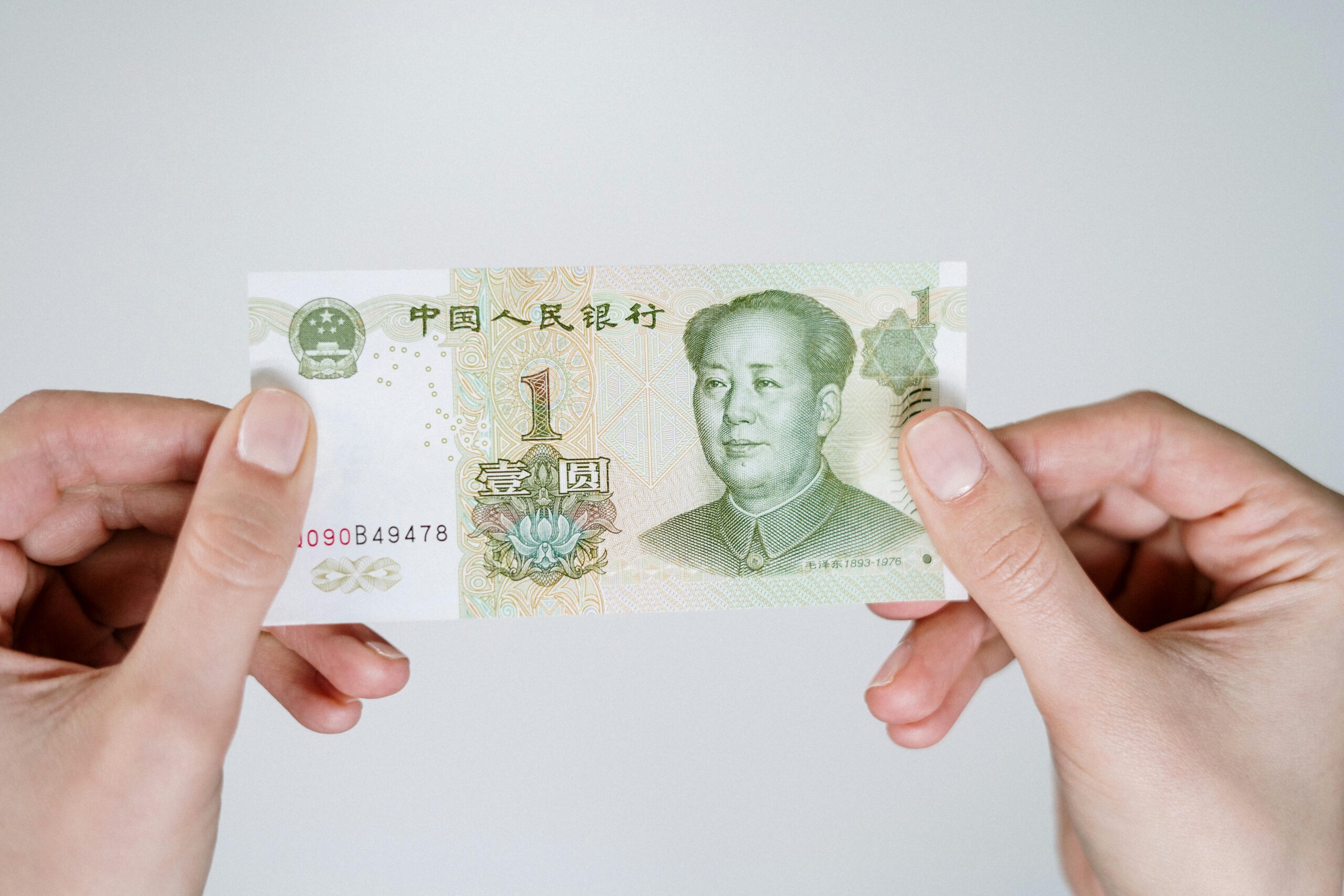
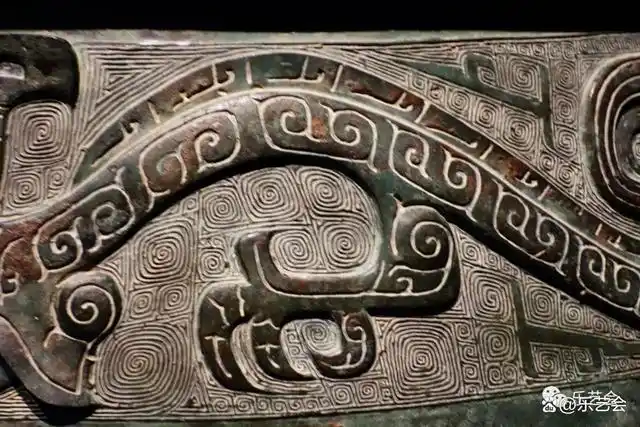
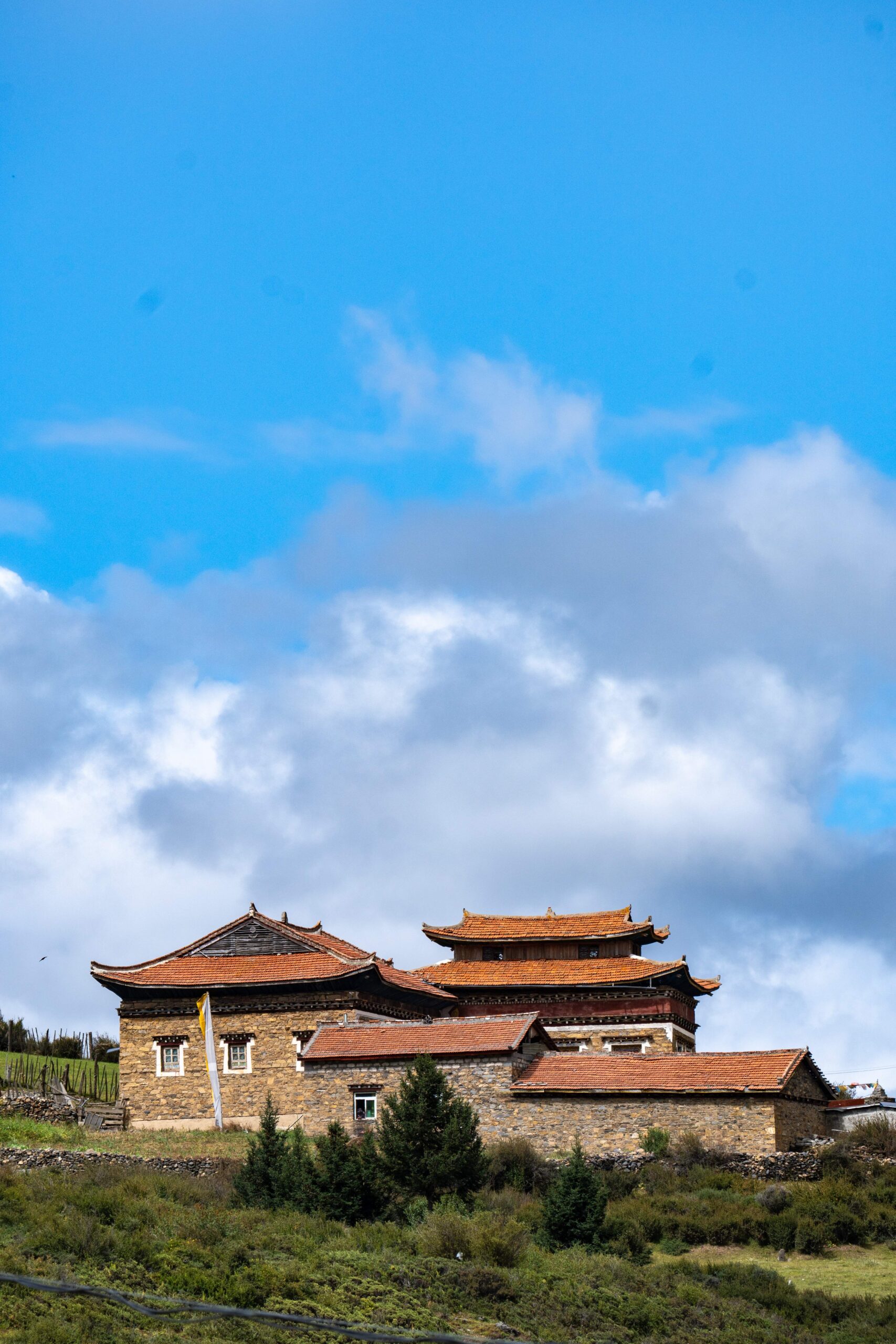
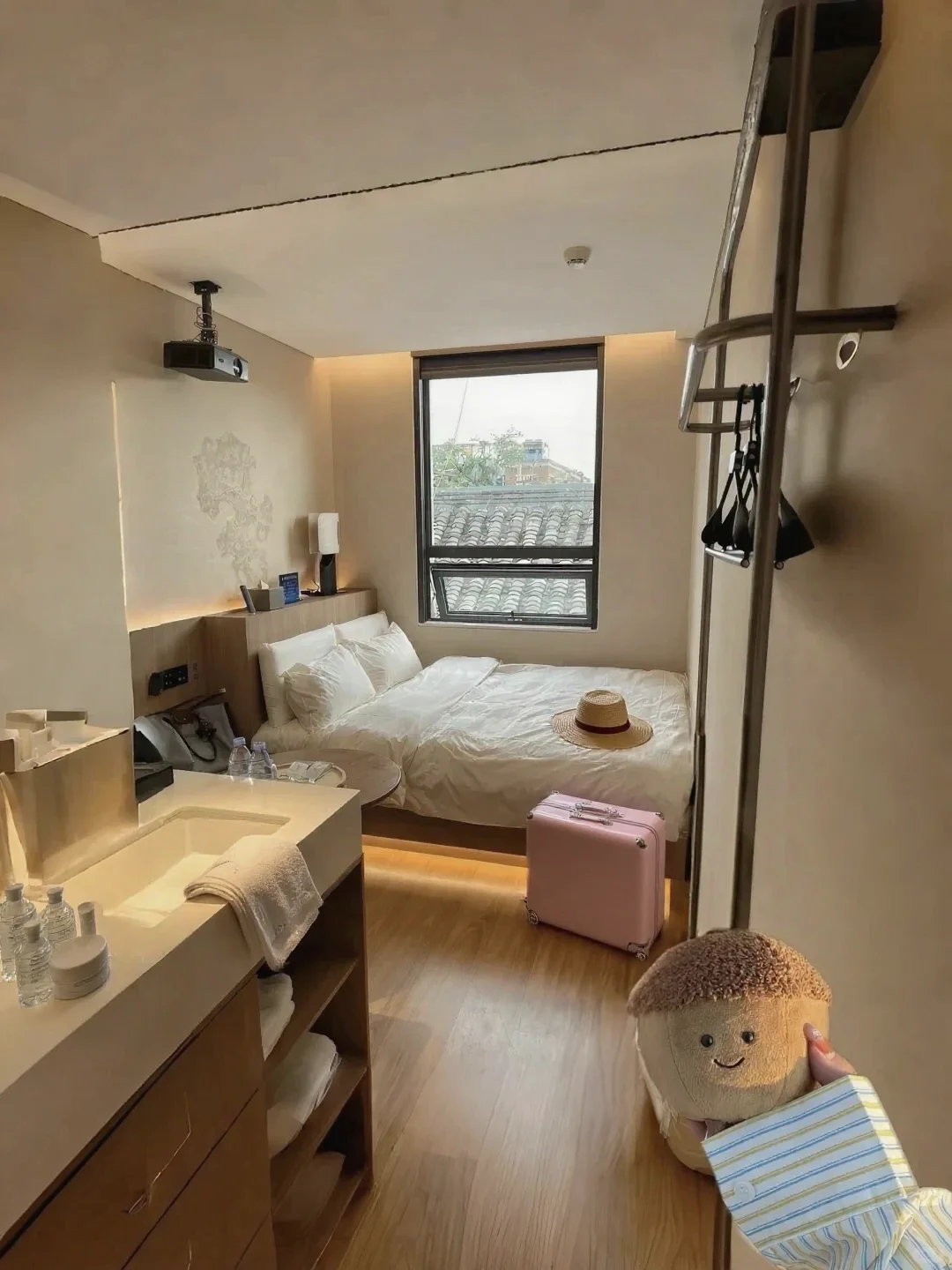
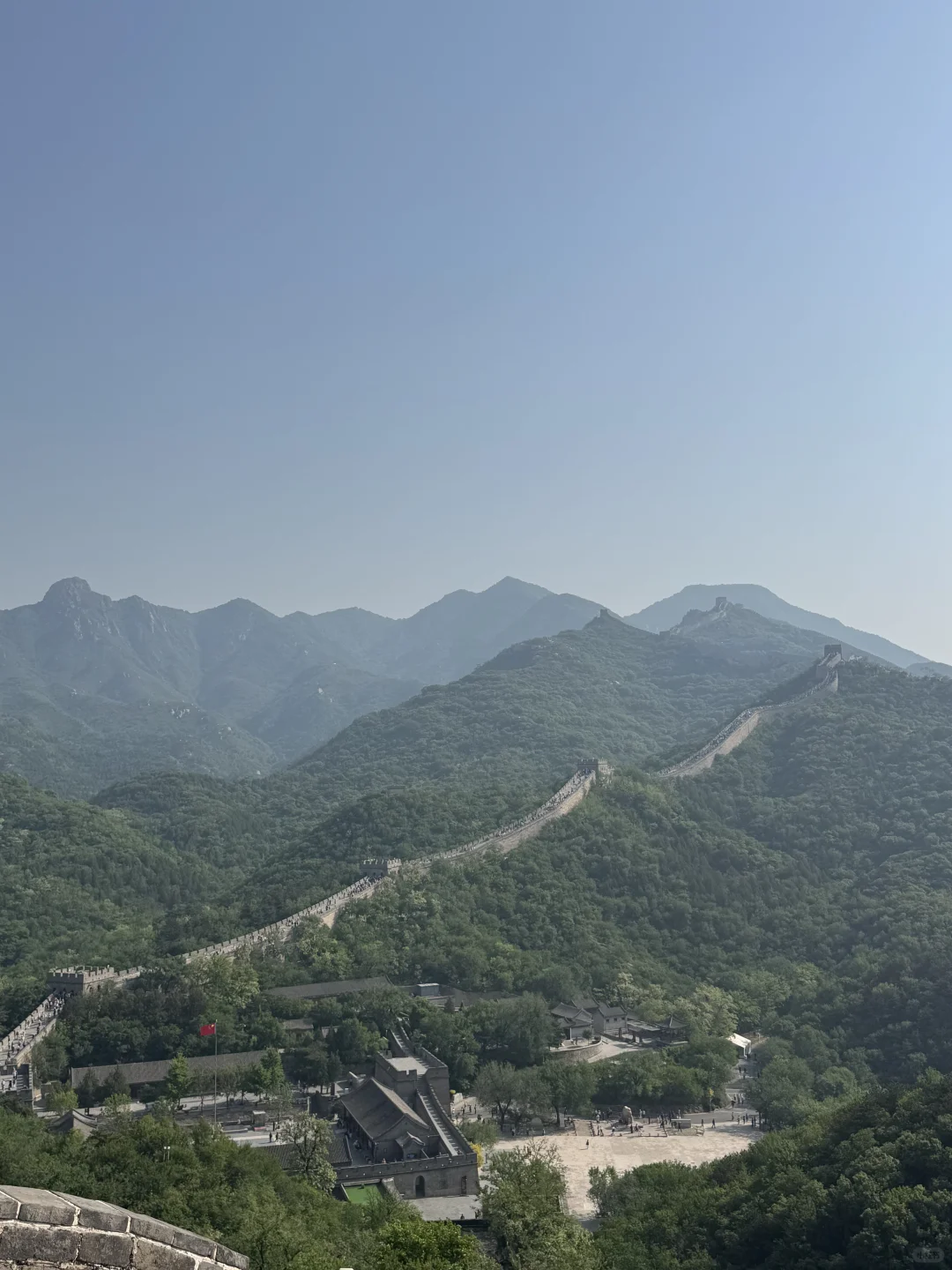
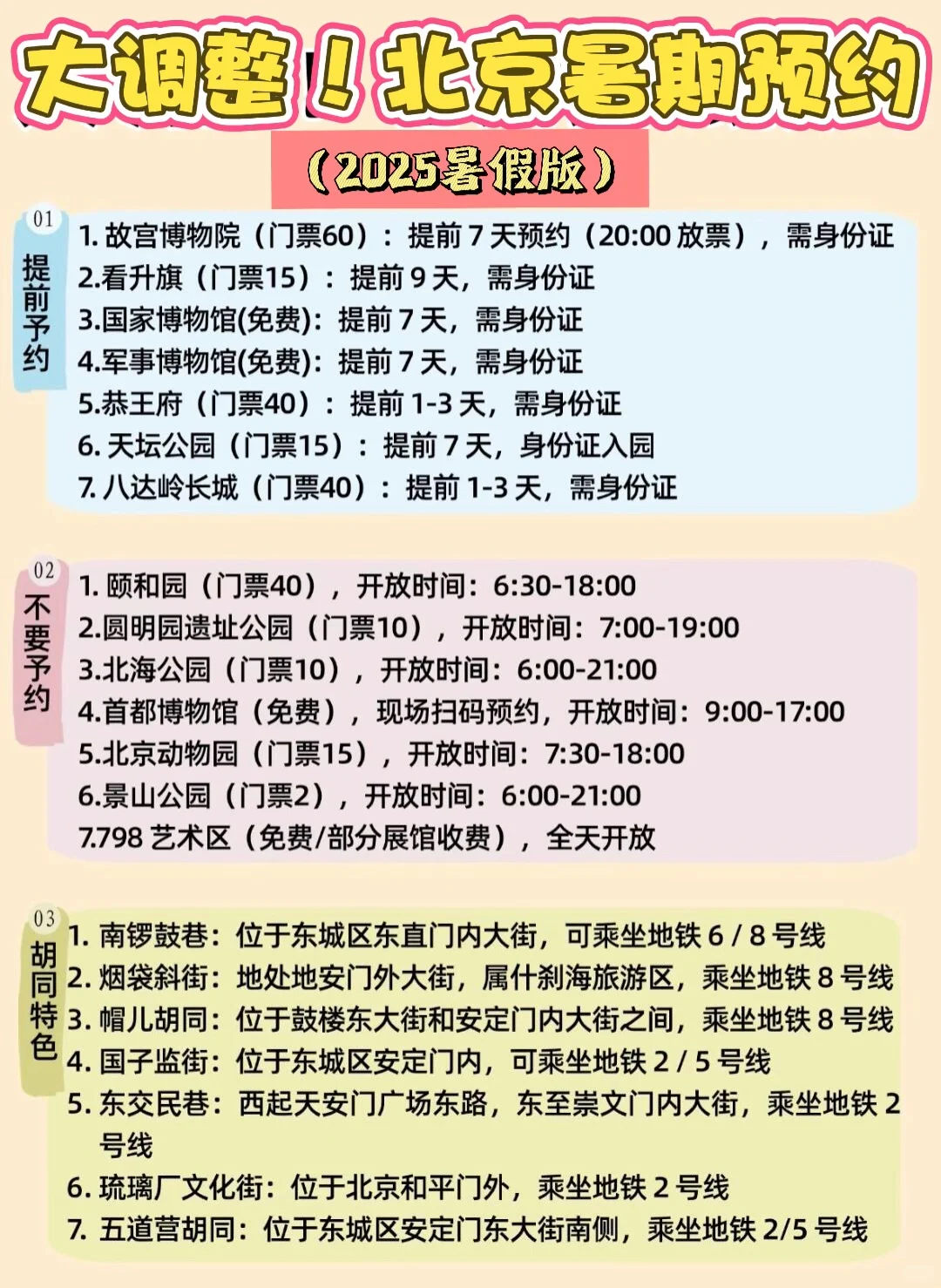
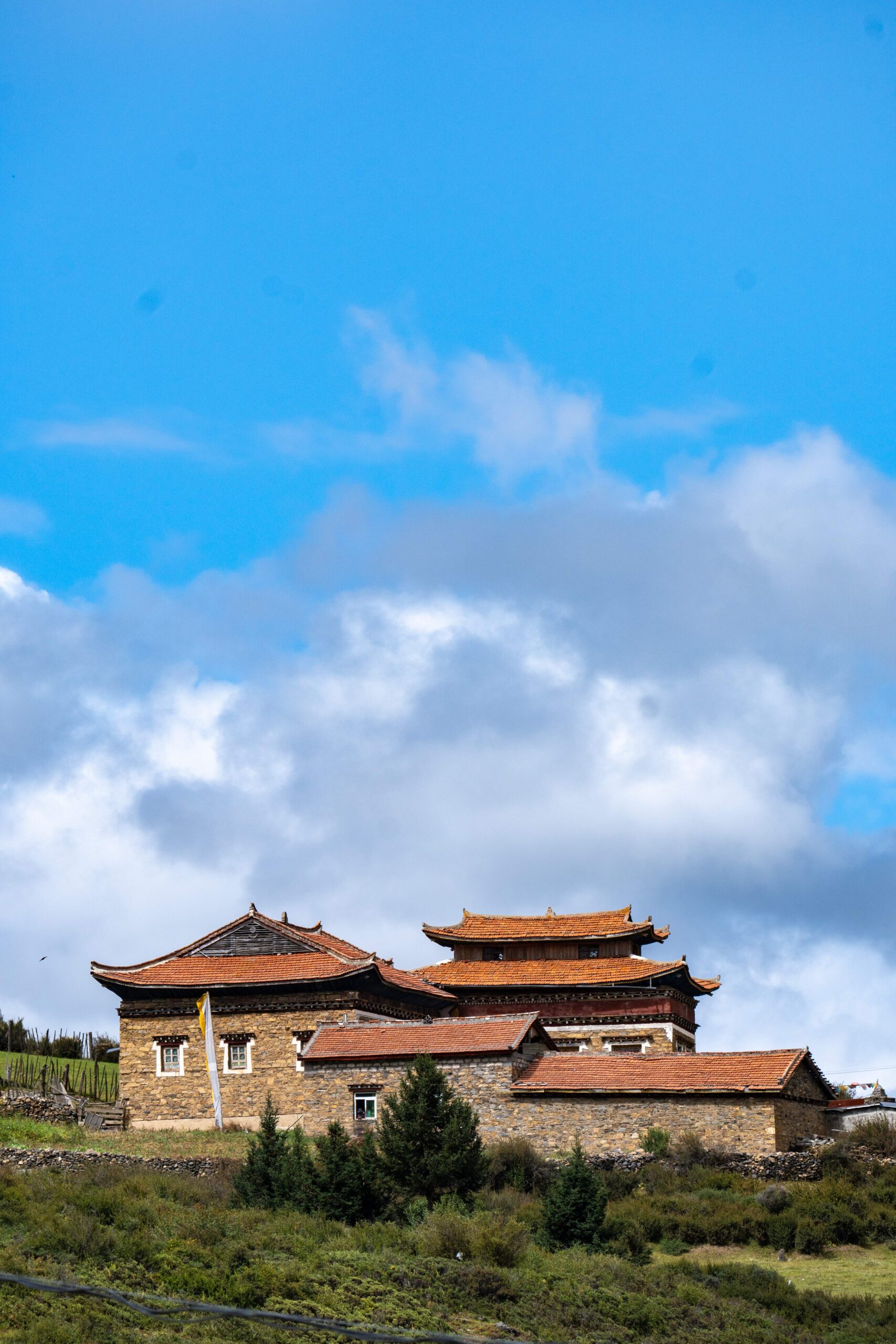
Explore the Real China.
Top Destination
Information